Because we are still in quarantine and flour is scarce, I am only feeding my starter enough to bake the loaves I want, then putting it in the fridge until I am ready to bake again. However, it needs a few feeds before it’s ready for bread each time. Yesterday, I took out my starter and fed it 1:1:1 with whey and bread flour, and then fed it again about 12 hours later with 1:2 whey/bread flour. It was so happy by morning that it looked like beautiful bubbly dough. I gave it another feed this morning but wanted to create something fabulous with the discard. |
DebI'm a home cook with a lifelong passion for learning, exploring and experimenting in my kitchen. You can find me at @Debs1 on Twitter and @Debs121212 on Instagram. Categories
All
Archives
July 2020
This website uses marketing and tracking technologies. Opting out of this will opt you out of all cookies, except for those needed to run the website. Note that some products may not work as well without tracking cookies. Opt Out of Cookies |
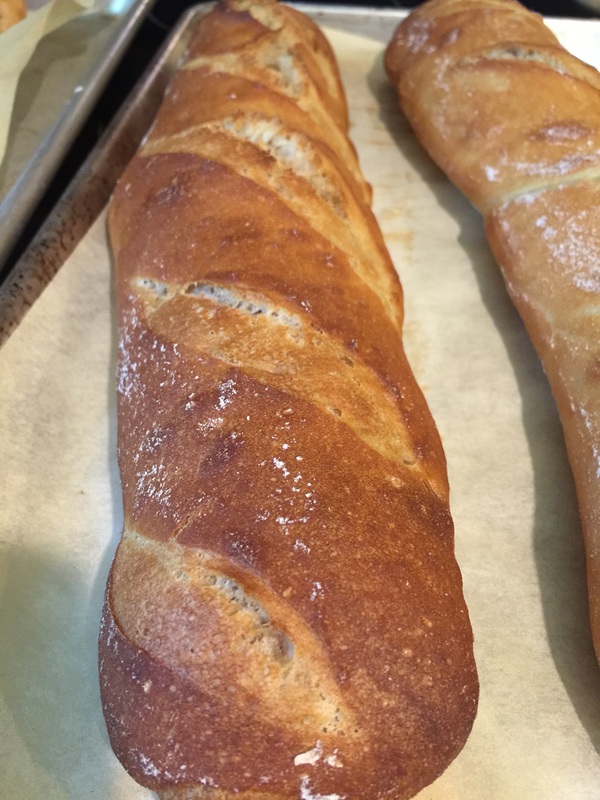
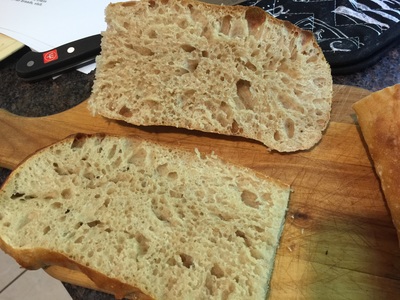
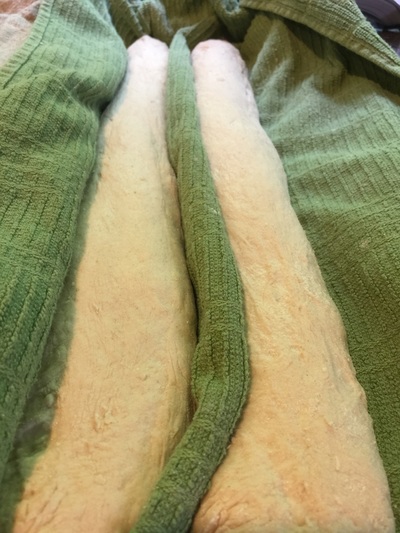
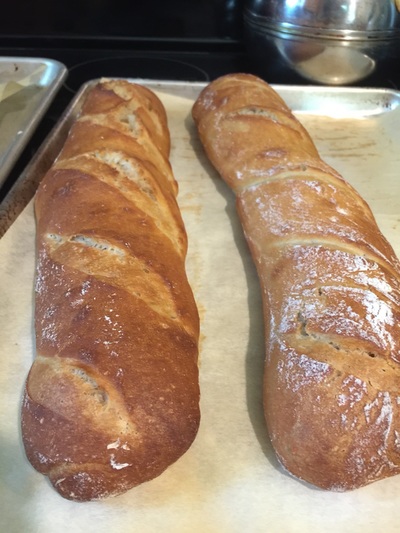
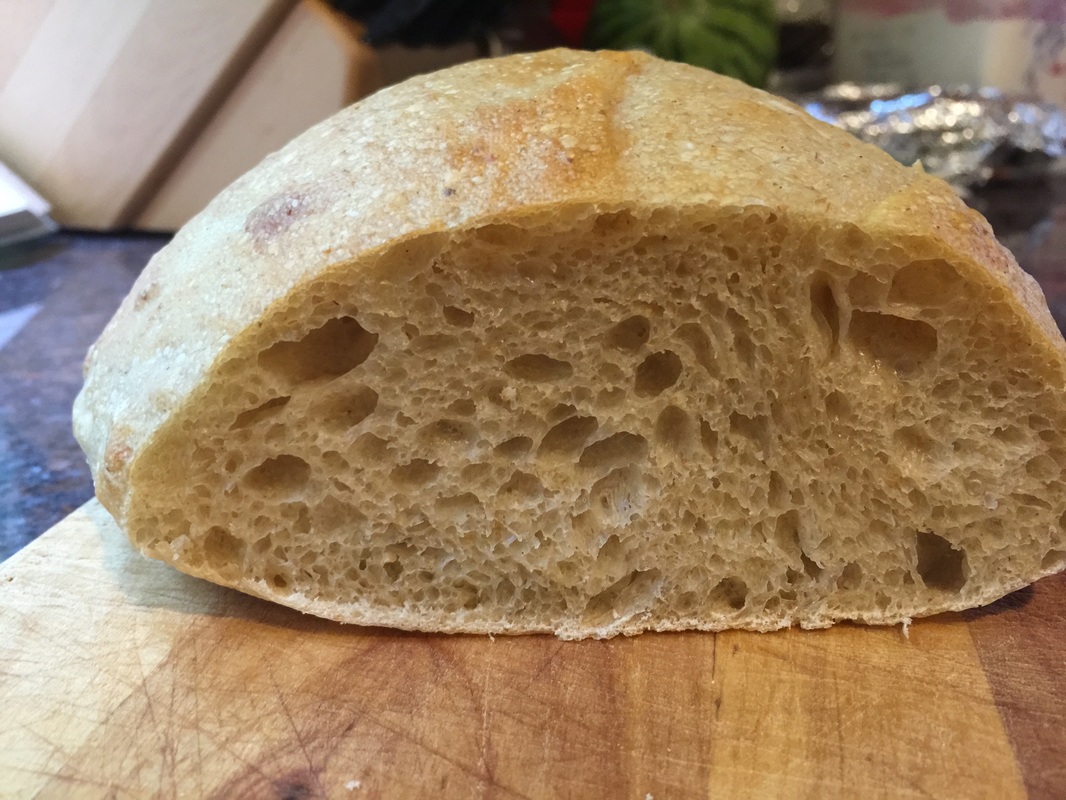
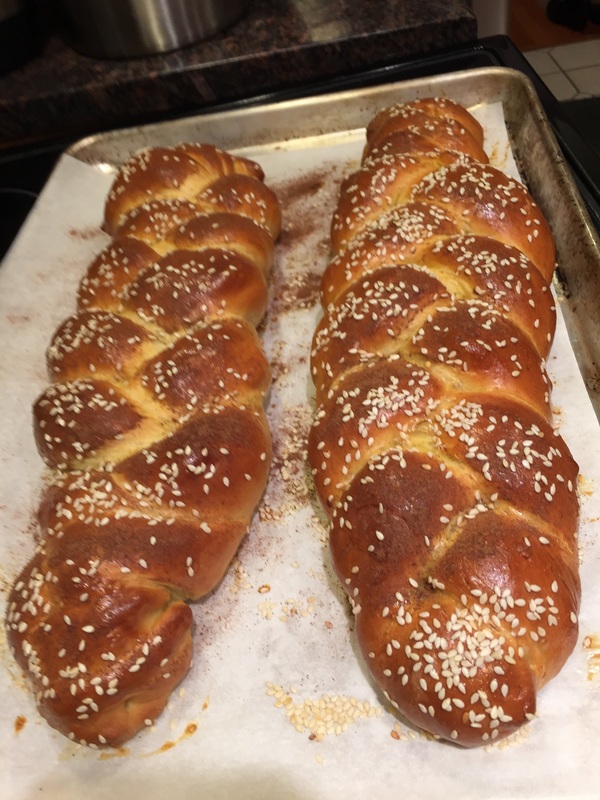
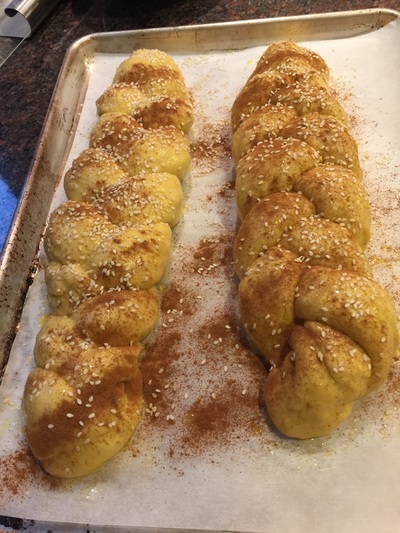
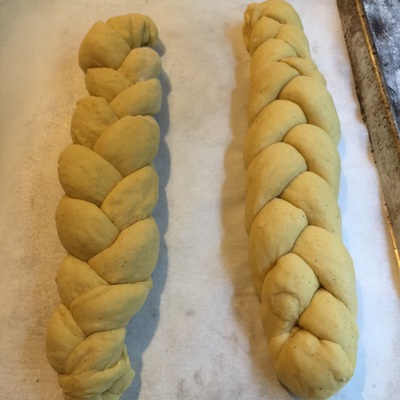
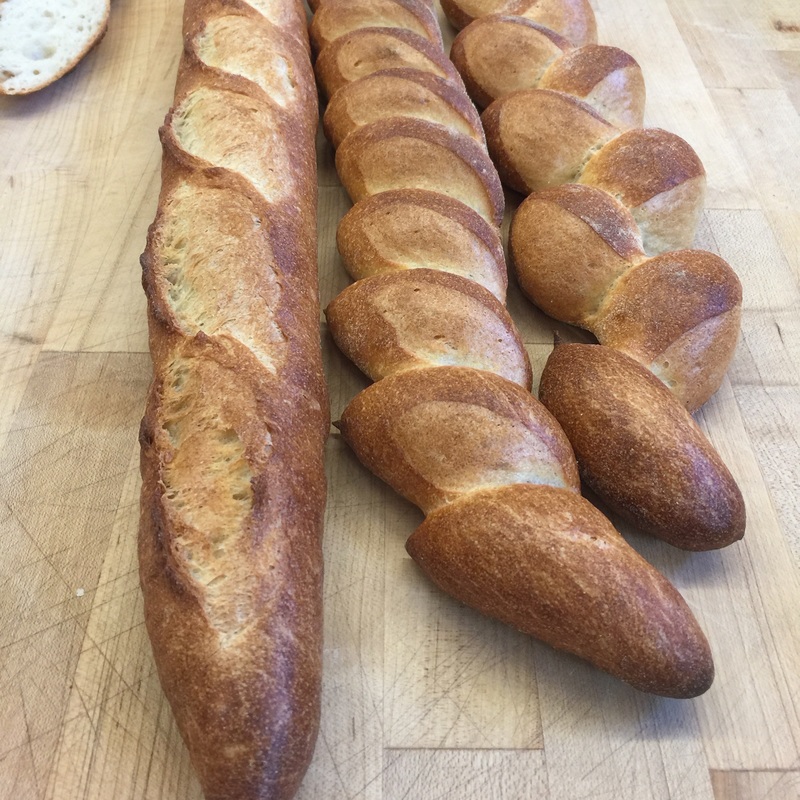
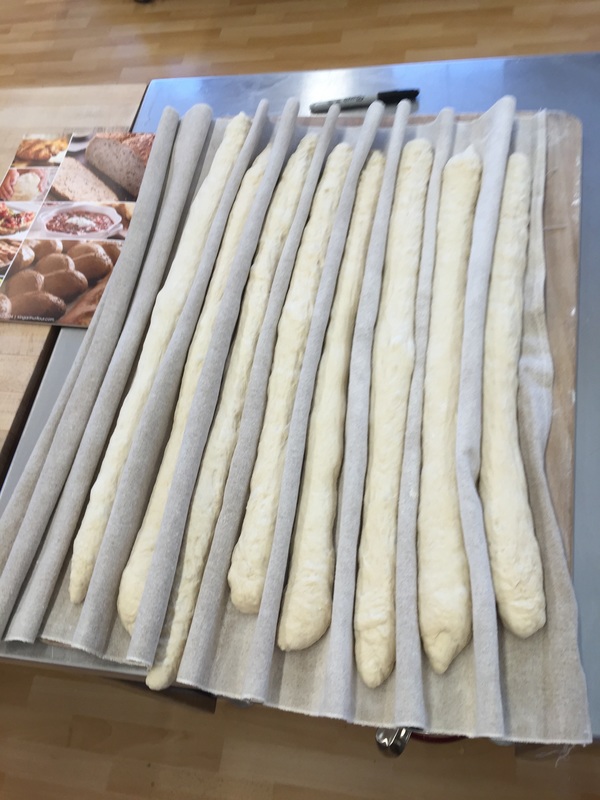
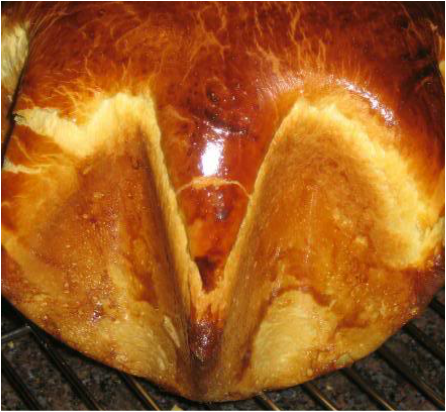
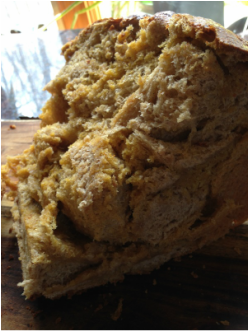
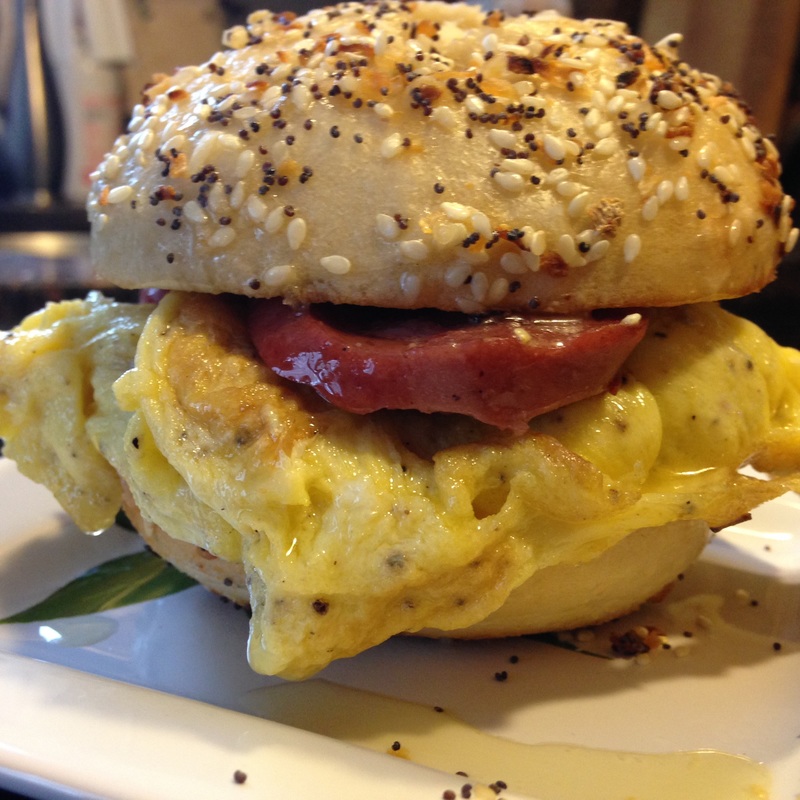

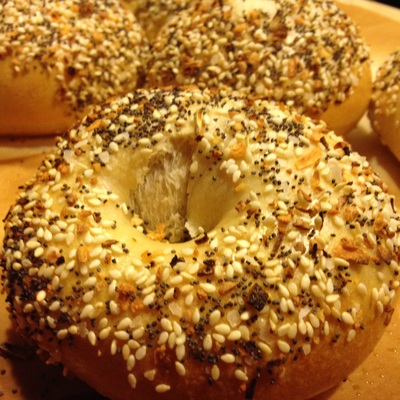
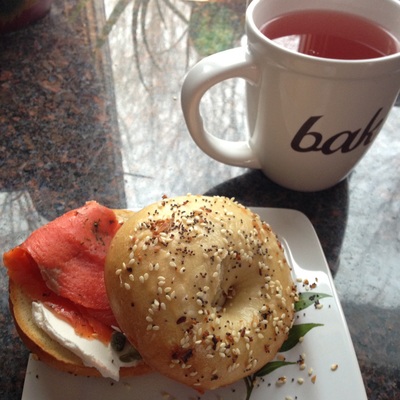
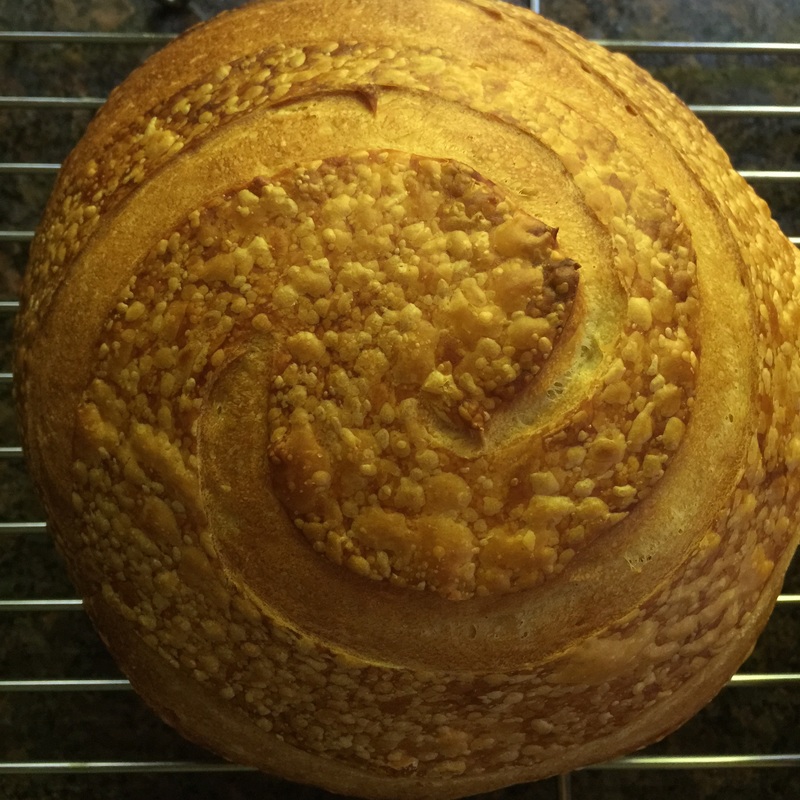
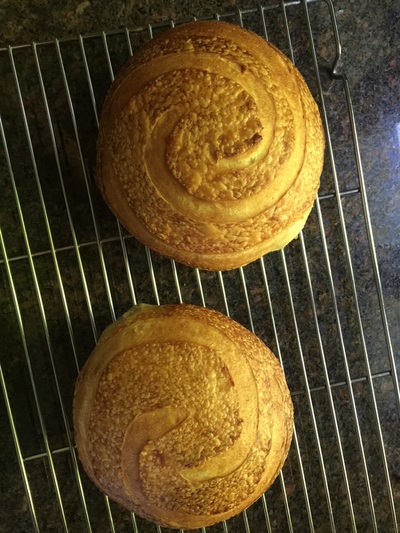
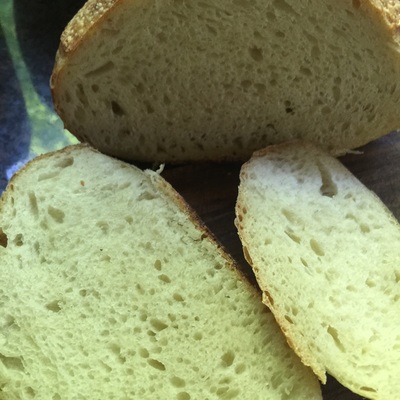
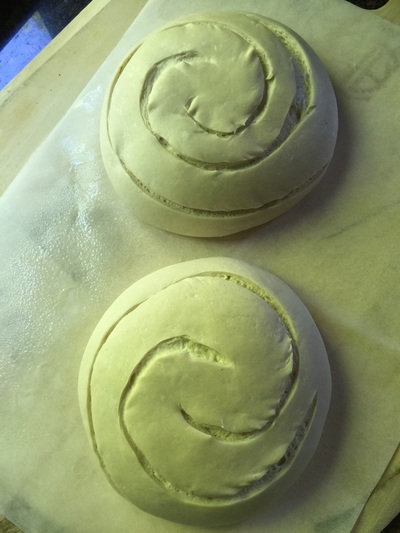
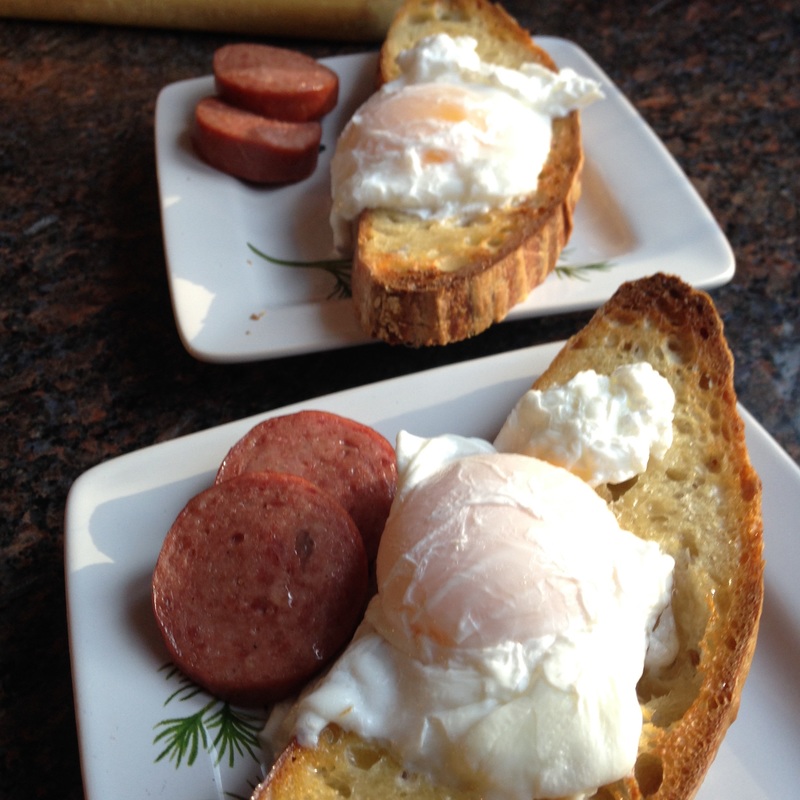
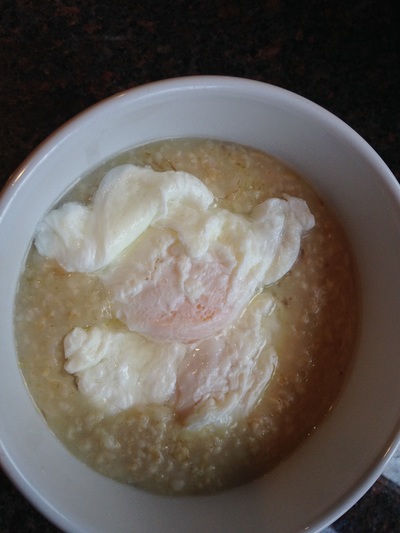
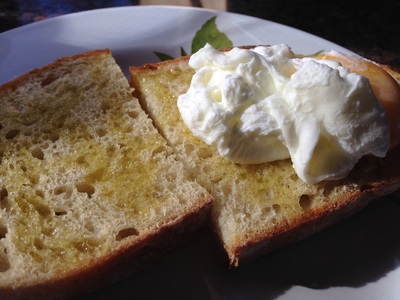
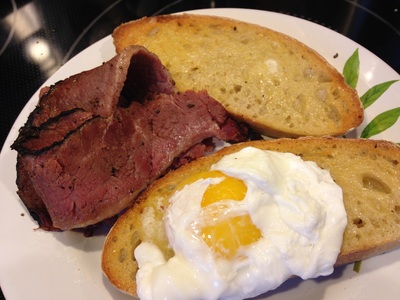
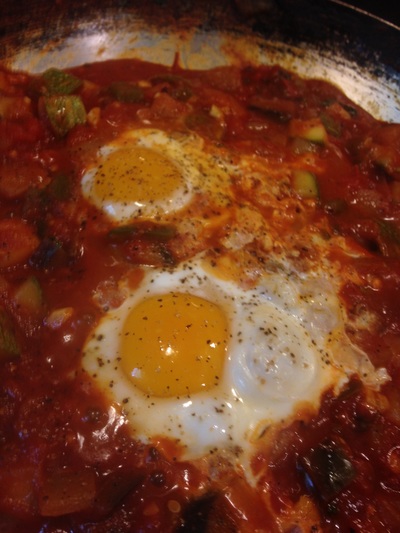
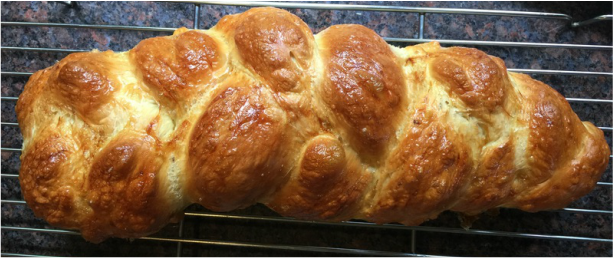
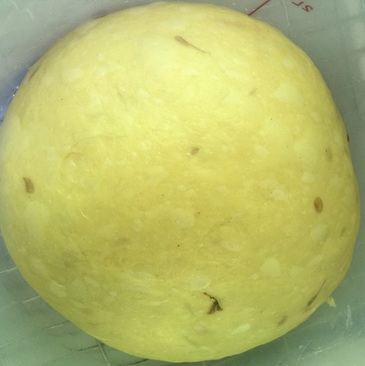
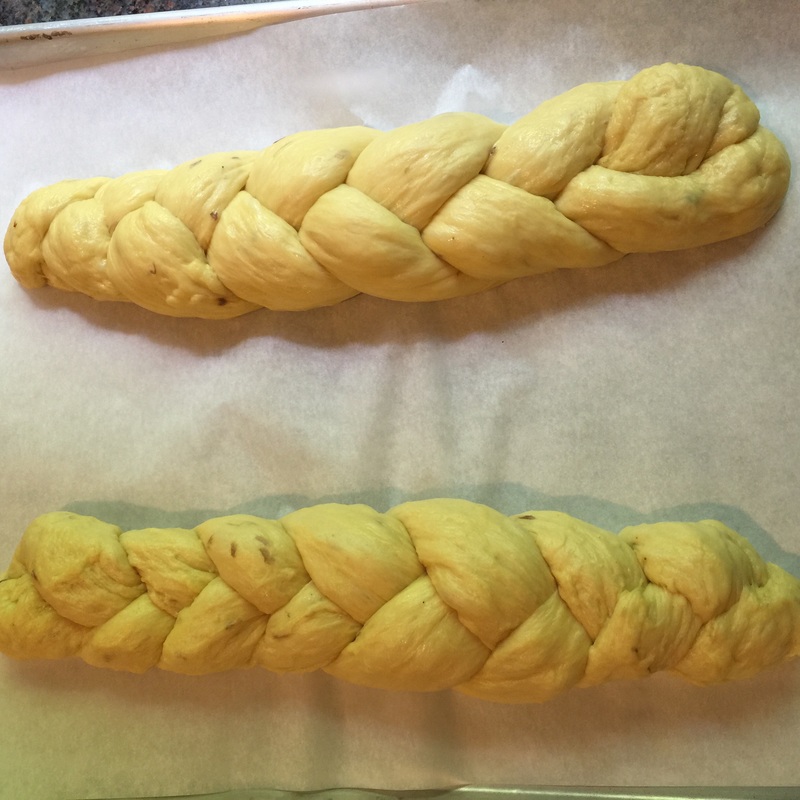
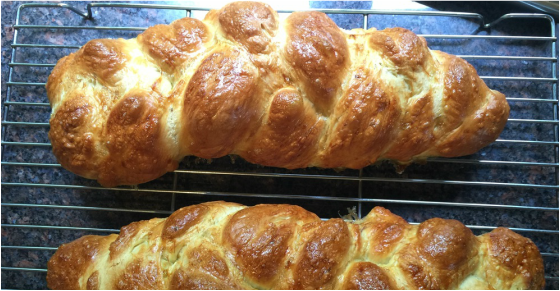
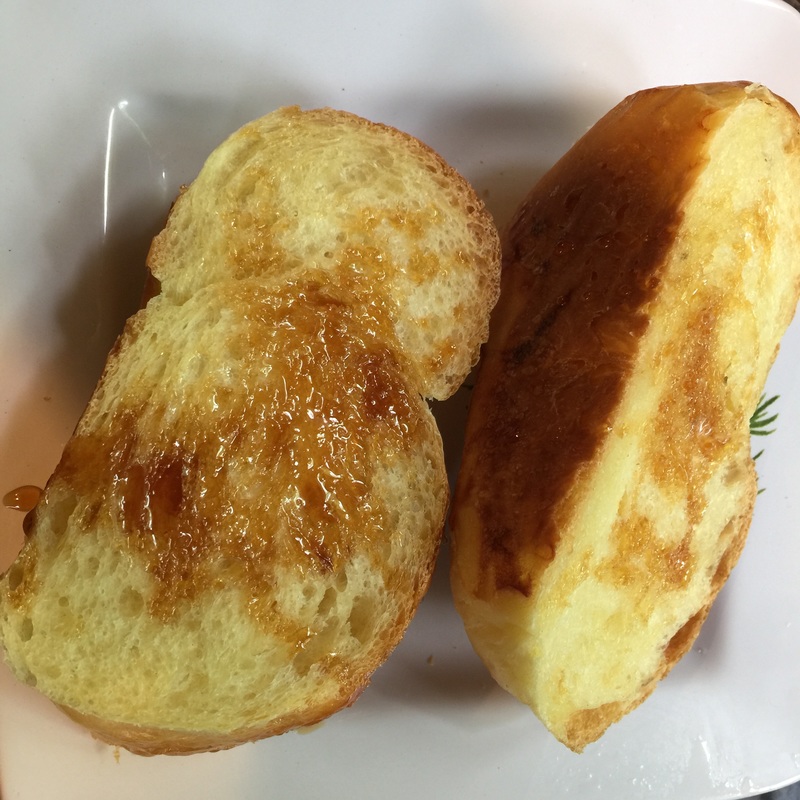
 RSS Feed
RSS Feed
